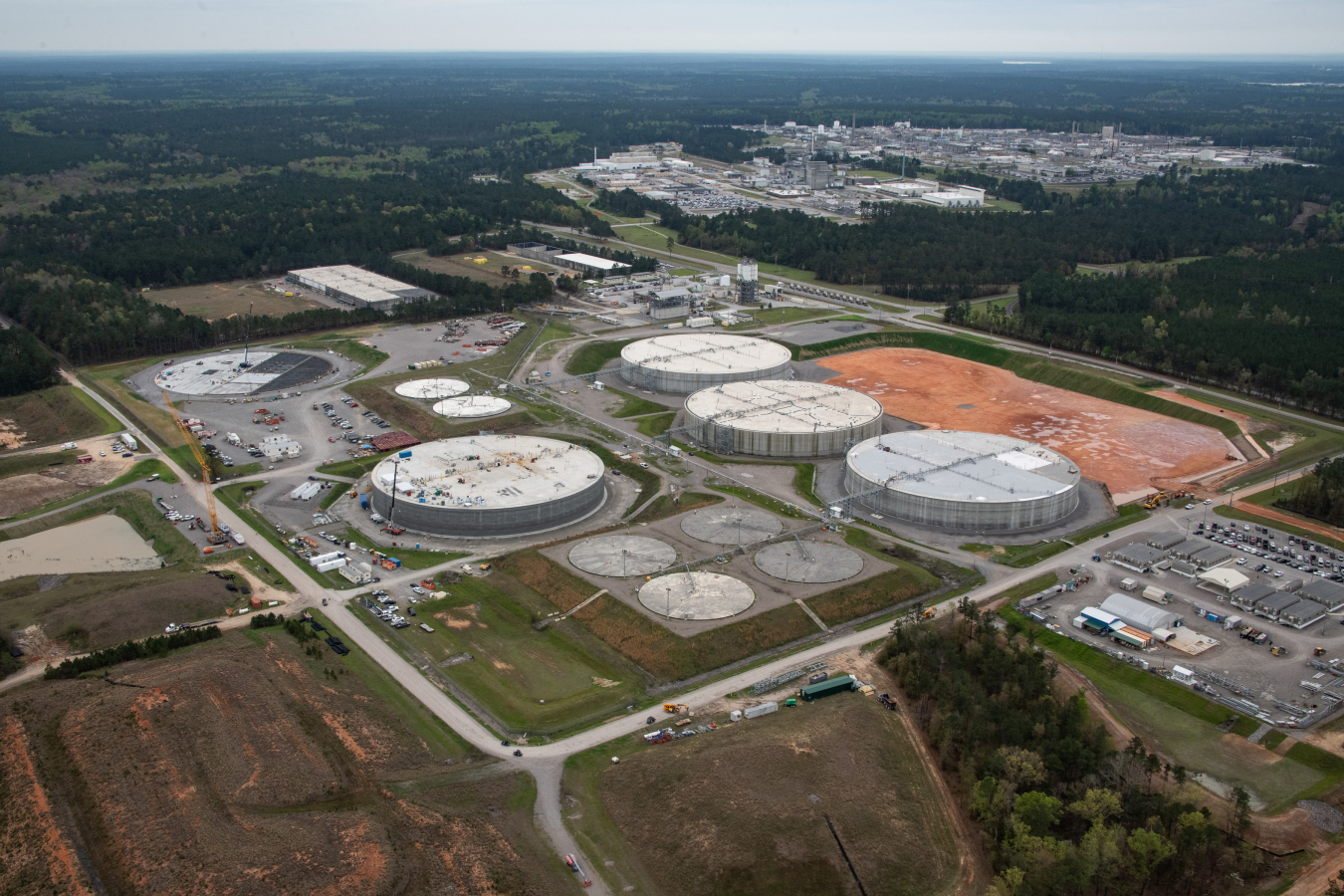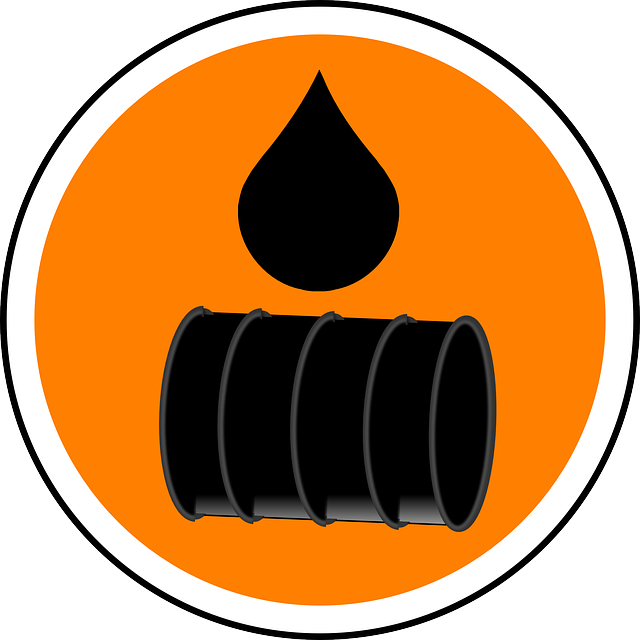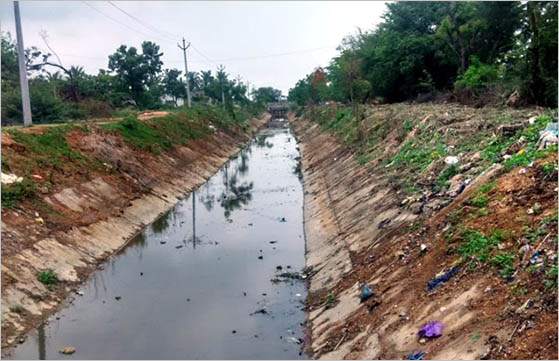How Liquid Waste Disposal Works: A Comprehensive Summary of Techniques and Technologies Employed

Summary of Fluid Waste Types
The complexity of liquid waste types demands a comprehensive understanding of their attributes and ramifications for disposal. Liquid waste can extensively be classified right into numerous types, including industrial, municipal, agricultural, and dangerous waste. Each classification exhibits distinct residential or commercial properties, needing certain administration techniques to reduce environmental and health risks.
Industrial liquid waste stems from making processes and typically includes a variety of pollutants, such as heavy steels, solvents, and natural compounds. Municipal liquid waste, largely making up wastewater from homes and business facilities, has raw material, nutrients, and microorganisms (industrial wastewater treatment). Agricultural fluid waste, including overflow from farms, may have fertilizers, chemicals, and pet waste, posing threats to water top quality and environments
Hazardous fluid waste is defined by its toxicity, sensitivity, or potential to create damage. This classification includes substances like acids, bases, and particular chemicals that necessitate rigorous handling and disposal protocols. Recognizing these varied fluid waste kinds is critical for establishing reliable disposal techniques and ensuring compliance with ecological guidelines. Proper classification and characterization are essential for carrying out ideal therapy strategies and reducing the damaging influence on public wellness and the setting.
Physical Treatment Methods

Screening is the initial step, where bigger bits and debris are gotten rid of from the fluid waste making use of screens or grates. In sedimentation storage tanks, heavier particles work out at the base, developing a sludge layer, while the made clear liquid can be additional dealt with.
Filtering is another vital method that involves passing the fluid with porous products, such as sand or membranes, to record smaller sized fragments. This action improves the quality of the fluid, making it appropriate for subsequent therapy processes.

Chemical Treatment Strategies
Chemical treatment strategies are vital for properly taking care of liquid waste, specifically in dealing with liquified and colloidal contaminants that physical approaches might not effectively remove. These methods utilize different chemical representatives to reduce the effects of, precipitate, or transform unsafe compounds right into less damaging kinds.
One common technique is coagulation and flocculation, where chemicals such as alum or ferric chloride are contributed to promote the aggregation of put on hold particles. This process boosts sedimentation, enabling simpler elimination of the resulting sludge. In addition, oxidation processes, utilizing representatives like chlorine or ozone, are employed to break down complicated natural substances and virus, rendering the waste safer for discharge or more treatment.
Neutralization is one more critical method, which changes the pH of acidic or alkaline waste streams to neutral degrees, preventing potential damage to downstream systems and the atmosphere. Additionally, progressed oxidation procedures (AOPs) make use of visit homepage mixes of oxidants and ultraviolet light to degrade persistent pollutants, accomplishing a higher level of treatment effectiveness.
Organic Treatment Processes
Biological treatment processes play a vital duty in the monitoring of liquid waste by using bacteria to decay raw material and lower impurity levels. These processes can be generally categorized into anaerobic and aerobic treatments, each utilizing particular microbial neighborhoods to achieve effective waste degradation.
Aerobic treatment involves the usage of oxygen to facilitate the failure of natural materials by germs. This process is commonly implemented in turned on sludge browse around this site systems, where oygenation storage tanks provide a conducive setting for microbial development, bring about the oxidation of organic pollutants. The resultant biomass can be divided from dealt with effluent with sedimentation.
In contrast, anaerobic therapy happens in the absence of oxygen, counting on different microorganisms to damage down raw material. This approach is particularly advantageous for high-strength waste, as it produces biogas, a sustainable power resource, while decreasing sludge production. Technologies such as anaerobic digesters are frequently used in community and commercial applications.
Both cardio and anaerobic organic treatments not just lessen the environmental effect of fluid waste however additionally assist in source healing, making them crucial elements of sustainable waste management methods. Their performance, adaptability, and effectiveness support their prevalent application across various sectors.
Emerging Technologies in Disposal
Cutting-edge approaches to liquid garbage disposal are rapidly progressing, driven by advancements in innovation and a raising focus on sustainability. Amongst these arising modern technologies, membrane bioreactors (MBRs) have acquired grip for their capacity to combine biological treatment with membrane filtering, leading to high-grade effluent that can be recycled in various applications. MBRs enable smaller footprints and much more effective procedures contrasted to traditional systems.
An additional promising growth is using anaerobic food digestion incorporated with nutrient recuperation technologies, which not only treats liquid waste but also generates biogas and recovers valuable nutrients like nitrogen and phosphorus. This dual advantage improves source efficiency and minimizes ecological influence.
In addition, advanced oxidation procedures (AOPs) are being embraced for the degradation of complicated organic pollutants. These approaches use powerful oxidants and catalysts to break down impurities at the molecular degree, using a very reliable option for difficult waste Click This Link streams.
Furthermore, the integration of expert system and artificial intelligence in waste management systems is optimizing functional effectiveness and predictive upkeep, causing minimized costs and boosted ecological compliance. These modern technologies mirror a significant change towards more lasting and effective fluid waste disposal techniques.
Final Thought
In final thought, reliable fluid waste disposal necessitates a thorough understanding of various techniques and innovations. By constantly progressing these methodologies, it comes to be possible to deal with the growing difficulties linked with fluid waste, inevitably contributing to environmental security and resource healing.
Fluid waste disposal is a crucial aspect of environmental administration, calling for a thorough understanding of numerous techniques and technologies tailored to various waste types. Fluid waste can generally be classified right into several types, including industrial, community, agricultural, and dangerous waste. Agricultural liquid waste, including runoff from farms, may contain fertilizers, chemicals, and pet waste, positioning dangers to water high quality and ecological communities.
Numerous physical therapy techniques play an essential role in handling liquid waste effectively - industrial wastewater treatment.In conclusion, reliable fluid waste disposal requires a thorough understanding of numerous strategies and innovations